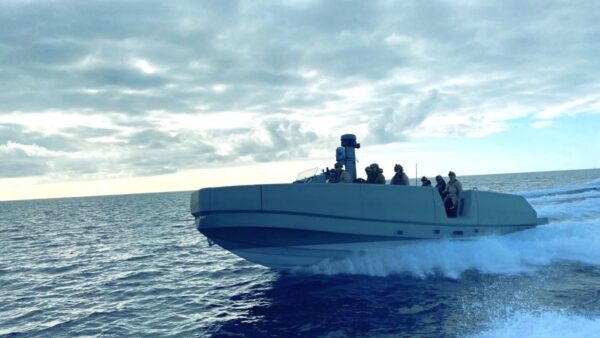Originally published on Lloyds List Australia, 17 October 2016
Many readers would be aware that Australia has a number of Free Trade Agreements (FTAs) with Singapore of different types including the proposed Trans Pacific Partnership Agreement (TPPA) and the Australia-New Zealand Free Trade Agreement with ASEAN (AANZFTA). However, probably the most visible FTA with Singapore is the Singapore-Australia (SAFTA), which is our second-oldest FTA and the first of the modern FTAs entered into after ANZCERTA.
The relationship with Singapore is also important as it serves as a “hub” for the transhipment of goods both in and out of Australia and, in more recent times it has expanded into a larger defence relationship which includes Singaporean forces coming to Australia to train. SAFTA has also provided the base for improvement in the market for services exports from Australia to Singapore which is significant as services exports have traditionally attracted less liberalisation in FTAs even though services represent about 80% of world GDP. SAFTA has further facilitated investment in the important market for financial services for Australian companies. The enhanced access for services including professional and financial services makes SAFTA a more sophisticated FTA than others which predominantly focus on goods with only promises, as opposed to actual initiatives, in services.
Following entry into force on 28 July 2003, SAFTA has been the subject of a number of amendments which entered into force on 24 February 2006, 13 February 2007, 11 October 2007 and 2 September 2011. Some of those amendments followed scheduled Ministerial reviews. The third of those reviews took place between June 2015 and May 2016 and led to the development of the Australia – Singapore Comprehensive Strategic Partnership (Partnership) which was announced in May 2016.
In general terms, the aim of the Partnership was to develop a “closer economic relationship” between the two countries so as, to quote one senior Australian official, “Singapore goes from being a close friend to one of the family” in a relationship similar to that experienced with New Zealand. This included the intent to provide more certainty to businesses involved in trade and investment and to reflect commitments that the countries made pursuant to the TPPA. The third review and the Partnership proposed that the parties enter into a further agreement to SAFTA to reflect the agreement from the third review and the Partnership.
Following the third review and the Partnership and subsequent development of the legal text, on 13 October 2016, the relevant Ministers from Australia and Singapore signed the agreement (Agreement) to amend SAFTA although their entry into force is subject to each party completing their domestic treaty processes. In the Australian context, this will require review by the Joint Standing Committee on Treaties and passage of any necessary legislation to amend current legislation to accommodate the outcomes of the Agreement which will no doubt include review by Senate Committees.
According to DFAT the “key interests and benefits” are
• Elimination of all tariffs from entry into force;
• Restrictions on the number of wholesale banking licence to be eased over time and more certain and enhanced operating environment for financial services providers;
• Conditions eased on establishment of joint ventures involving Australian law firms and the number of Australian law degrees recognised in Singapore doubled from 4 to 8;
• Removal/easing of residency requirements for Australian professionals and short – term entry for Australian business people extended from 1 to 3 months;
• Agreement to facilitate paperless trading in order to reduce business transaction costs.
These will all be welcomed, especially in terms of services, whether professional or financial. For goods, the TPPs’ TBT Chapter Annexes on wine and distilled spirits, cosmetics, medical devices and pharmaceuticals will be included in SAFTA. There are also aims to harmonise Rules of Origin and Certificate of Origin requirements.
It may surprise some but Singapore is now our fifth – largest trading partner and it affords Australian service providers the opportunity to access larger Asian markets in an environment which will now be more similar to that here. It is also important to note that even though the TPPA has yet to come into force and may not come into force, Australia and Singapore moved to incorporate their TPPA commitments to each other into SAFTA. Hopefully this practice will be followed by other FTA partners so that even if the TPPA does not come into effect, the commitments and enhancements negotiated in the TPPA can be included in FTAs, whether with countries with whom we already have FTAs or in new FTAs with countries with whom we do not already have FTAs.


